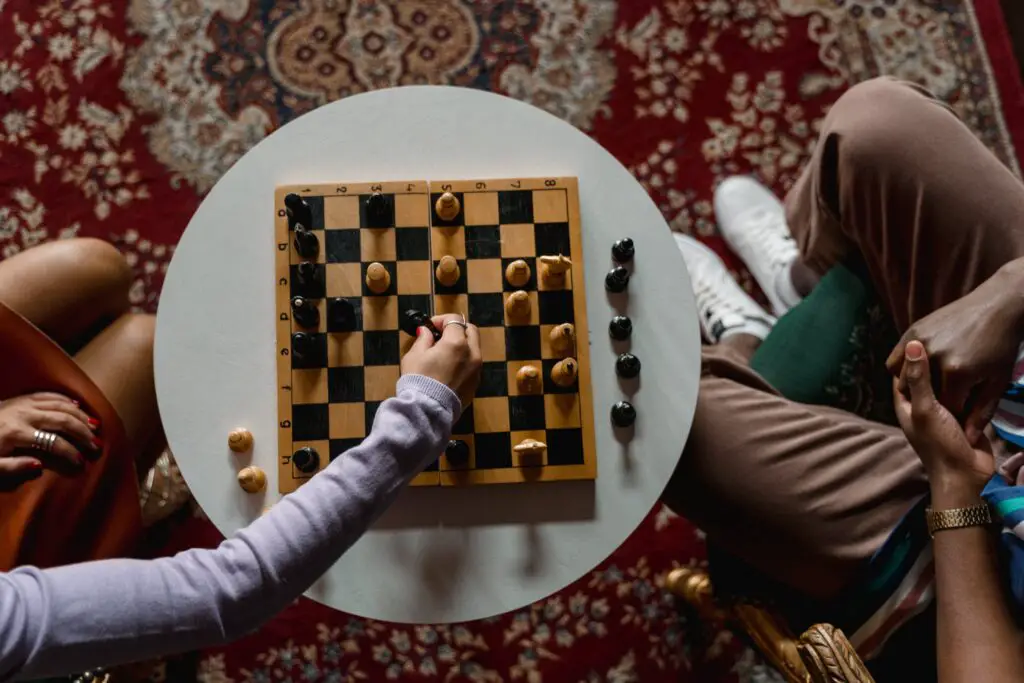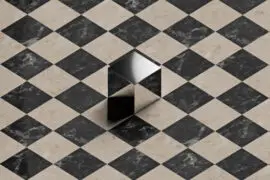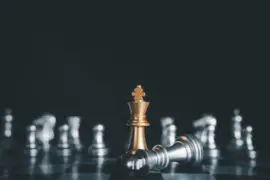Welcome to the intricate world of chess, where each move is a note in a grand symphony. In this exploration of Chess Coordinate Training, we’ll journey even deeper, unraveling the complexities with more detailed insights, illustrative examples, and a richer understanding of how mastering coordinates can elevate your game.

Definition of Chess Coordinates
Contents
Think of the chessboard as a vibrant city, each square a unique address. The starting position of White’s queen at “d1” signifies the intersection of the ‘d’ file and the 1st rank.
Importance of Chess Coordinate Training
Beyond the veneer of sophistication, the mastery of coordinates is the gateway to strategic depth. Chess Coordinate Training is not merely a tool; it’s your guiding star through the intricate city of chess, ensuring your moves are communicated with precision and intent.
Overview of the Blog Content
Our journey will take us through the streets of the Cartesian Coordinate System, decode the symbols of Algebraic Notation, emphasize the precision demanded by chess moves, and uncover the multitude of benefits that come with a nuanced understanding of coordinates.
Basics of Chess Coordinates
Cartesian Coordinate System
Imagine the chessboard as a living map, where the vertical columns (files) and horizontal rows (ranks) create a dynamic landscape. A knight’s move from “g1” to “f3” is akin to traversing the bustling streets, shifting left and jumping upward.
Algebraic Notation
Serving as the elegant language of chess, Algebraic Notation transforms complex maneuvers into succinct symbols. “Qg3” is not merely a code; it’s a narrative of the queen’s journey to the g file and the 3rd rank.
The pawn’s advance from e2 to e4 is elegantly expressed as “e4,” while a knight’s graceful leap to f3 is embodied in “Nf3.”
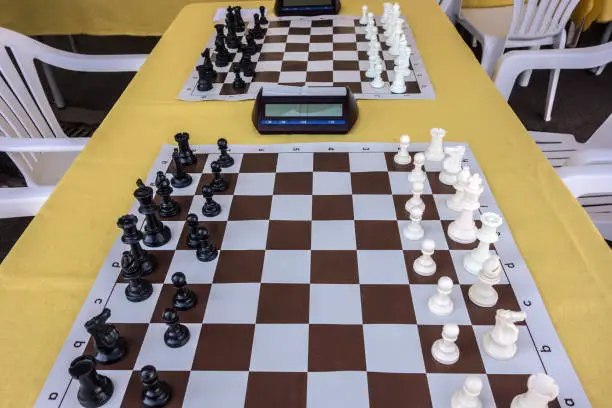
Importance of Precision in Chess Moves
In the chess arena, precision is not a luxury; it’s a necessity. Ambiguity in move notations can lead to missteps and missed opportunities.
Saying “move the bishop” lacks the clarity chess demands. On the other hand, “Bc4” specifies the bishop’s destination with elegance.
Benefits of Chess Coordinate Training
Improved Board Awareness
Identifying an opponent’s queen on h5, you strategically position a knight on f6, orchestrating a check.
Enhanced Calculation Skills
Mastering coordinates isn’t just about seeing; it’s about envisioning the ballet of moves. Grandmasters effortlessly choreograph several moves ahead, a dance of calculation and foresight.
Anticipating a forthcoming bishop exchange, you position a rook for control of the central stage.
Faster and Accurate Decision-Making
Precision in notation transcends elegance; it ensures your moves are executed with confidence and clarity, avoiding the pitfalls of hesitation.
Swiftly executing a knight’s move, you fork your opponent’s royalty, seizing a material advantage with poise.

Practical Exercises for Chess Coordinate Training
Chess Puzzles
Chess puzzles are the gyms where mental muscles are sculpted. Tactic puzzles, with their focus on coordinate recognition, are the perfect regimen.
Confronted with a puzzle, finding the precise square for your queen results in a checkmate ballet in two moves.
Blindfold Chess
Playing blindfolded is the Shakespearean soliloquy of chess. It demands reliance on mental maps, a testament to your coordinate prowess.
In a blindfold game, a well-timed queen sacrifice becomes the plot twist that leads to a climactic checkmate.
Coordinate Drills
Coordinate drills are not just exercises; they are the scales and arpeggios of chess. They enhance not just familiarity but the agility of your chess mind.
Swiftly moving pieces to specific squares becomes a symphony of coordination, a testament to your evolving skills.
Advanced Techniques in Chess Coordinates
Coordination in Openings
Chess openings are the overtures of the game. Mastering coordinates is the conductor’s wand that shapes the symphony of strategic positioning.
In the Ruy Lopez opening, you maneuver pieces strategically, setting the stage for a crescendo of a king-side attack.
Tactical Patterns and Coordinates
Forks, pins, and skewers are not mere tactics; they are the poetic devices of chess. Their mastery requires an understanding of coordinates.
Recognizing a pin on the opponent’s queen, you orchestrate a rook move, creating a harmonious double attack.
Endgame Strategies
In the endgame, the precision of coordinates becomes the decisive note. King activity becomes the protagonist in this final act.
Strategically using your king to control key squares, you restrict your opponent’s pieces, creating a path for pawn promotion.
Technology and Chess Coordinate Training
Online Chess Platforms
The digital realm is the modern theater for chess. Online platforms, with their interactive features, become the arena for refining your coordinate skills.
Engaging in online exercises becomes the digital rehearsal where your skills are honed, receiving immediate feedback for refinement.
Chess Software
Chess software is the maestro’s baton, guiding your training into a dynamic symphony. Dedicated coordinate modules become the crescendos in your practice.
Tracking your progress with chess software becomes the musical notation of your journey, showcasing the evolving harmony of your coordinates.
Tips for Effective Chess Coordinate Training
Consistency in Practice
Daily practice, even if brief, is the melodic refrain of improvement. It’s not just about quantity but the quality of your practice.
Devoting 20 minutes each day becomes the consistent rhythm, the steady beat that fosters growth in your coordinate skills.
Reviewing Games
Analyzing games is the post-performance critique. It’s not about dwelling on mistakes but learning from them to refine your future performances.
Post-game analysis becomes the reflective harmony, highlighting moments where coordinates played a pivotal role.
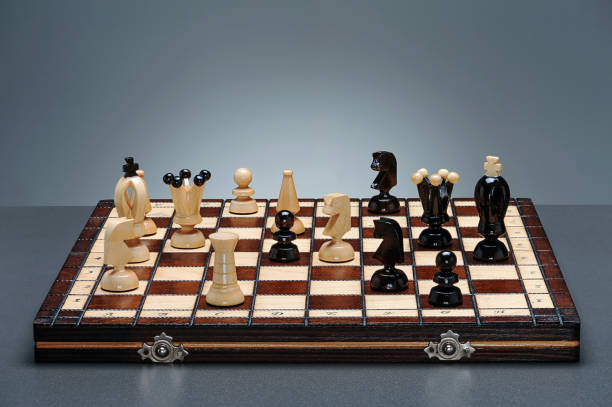
Seeking Guidance
In chess, seeking guidance is not a sign of weakness but a celebration of the community. Coaches, mentors, and fellow enthusiasts become the ensemble of your chess journey.
Joining a chess club becomes the ensemble cast, a place to discuss coordinate strategies, accelerating your learning curve.
Conclusion
In the vast tapestry of chess, coordinates are not just the threads but the very notes that compose the symphony of strategy. As you embark on your Chess Coordinate Training journey, remember this skill is not reserved for grandmasters; it’s for anyone yearning to elevate their chess prowess.
Embrace the coordinates, navigate the board with the confidence of a conductor, and let the chess pieces dance to the symphony of your strategic mastery. Checkmate awaits!

